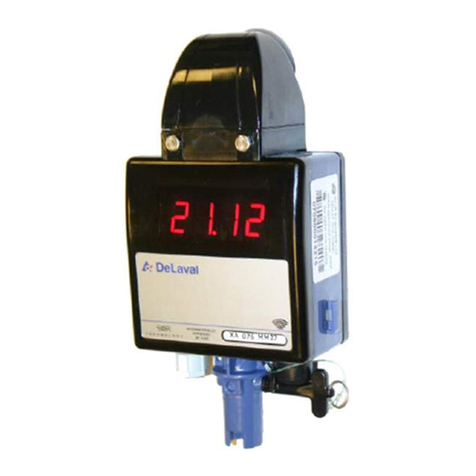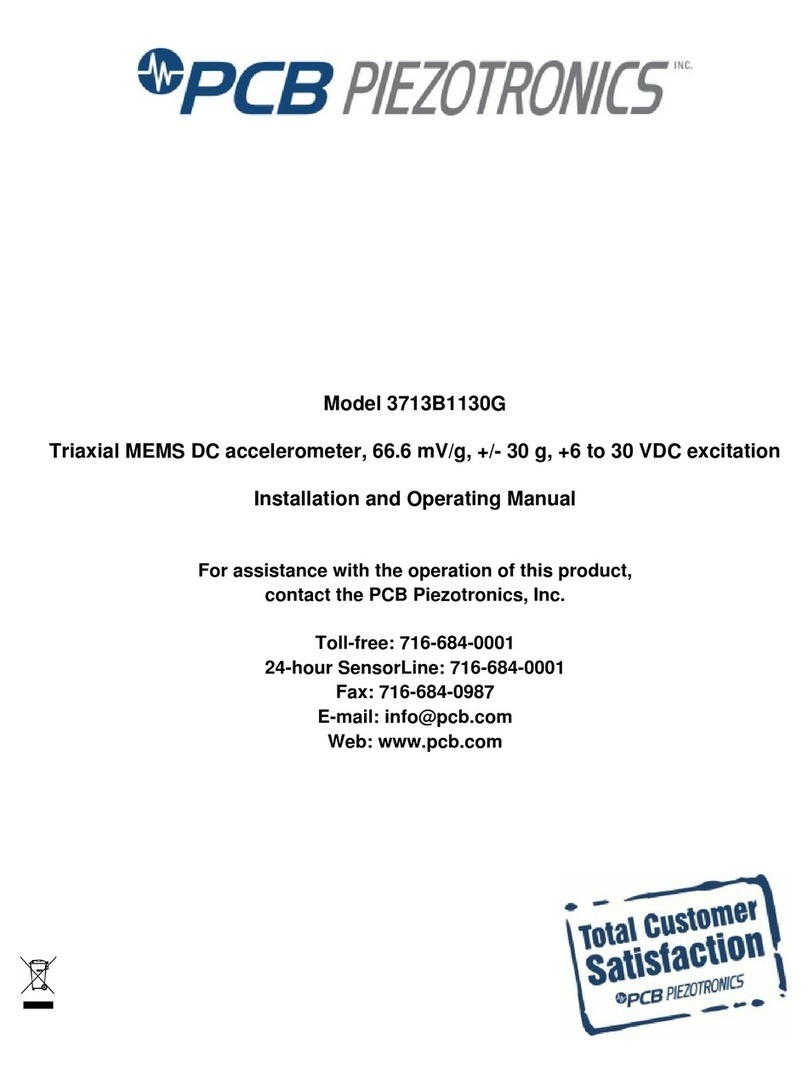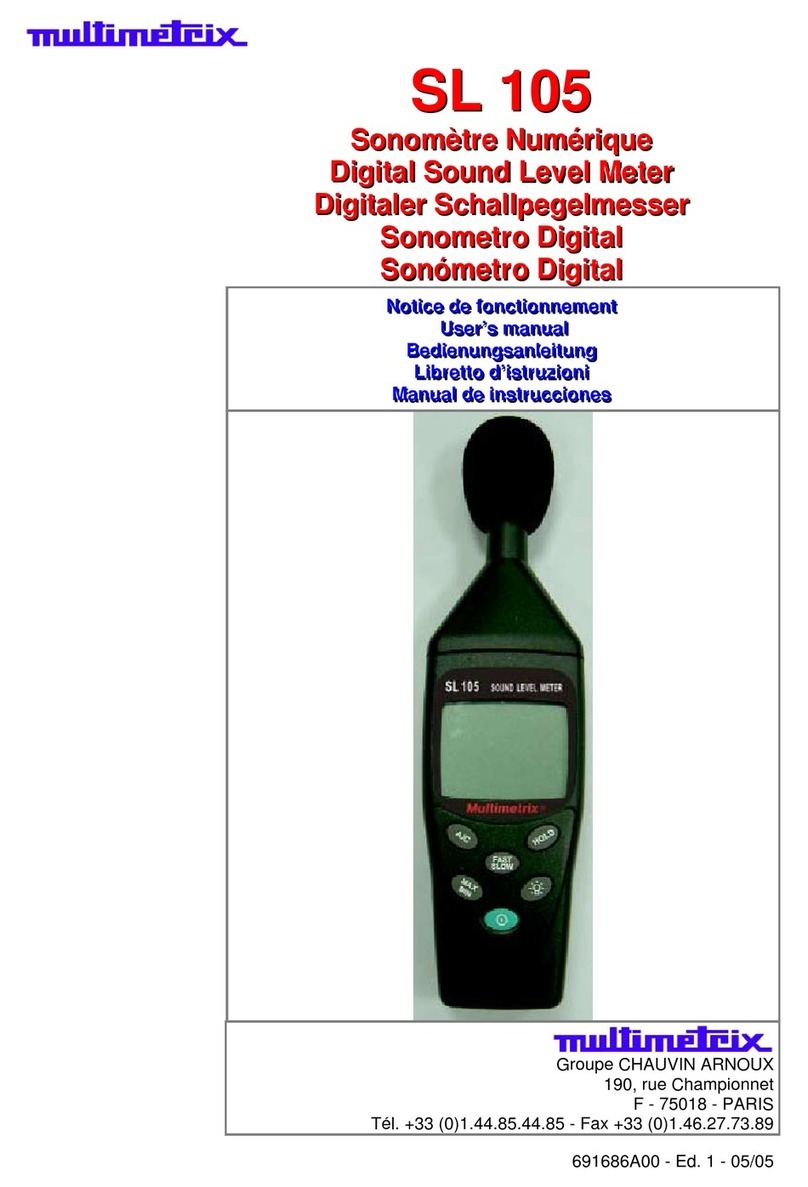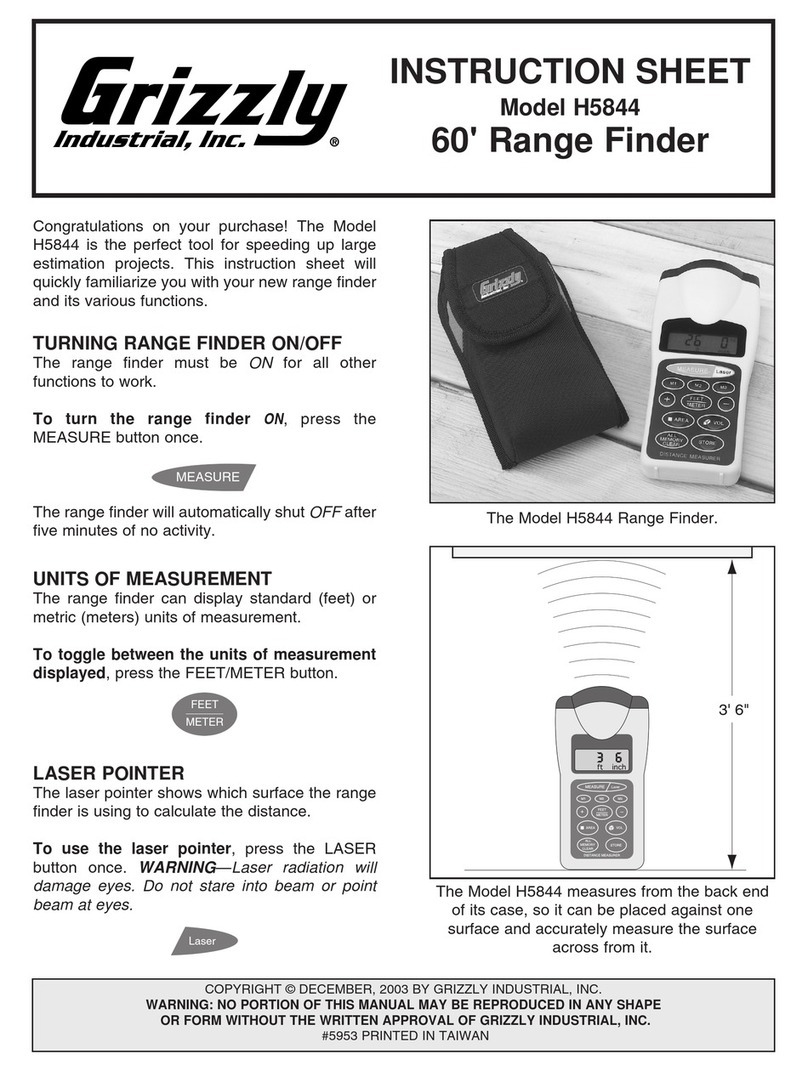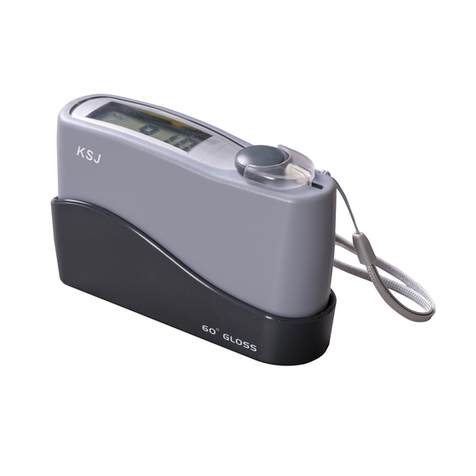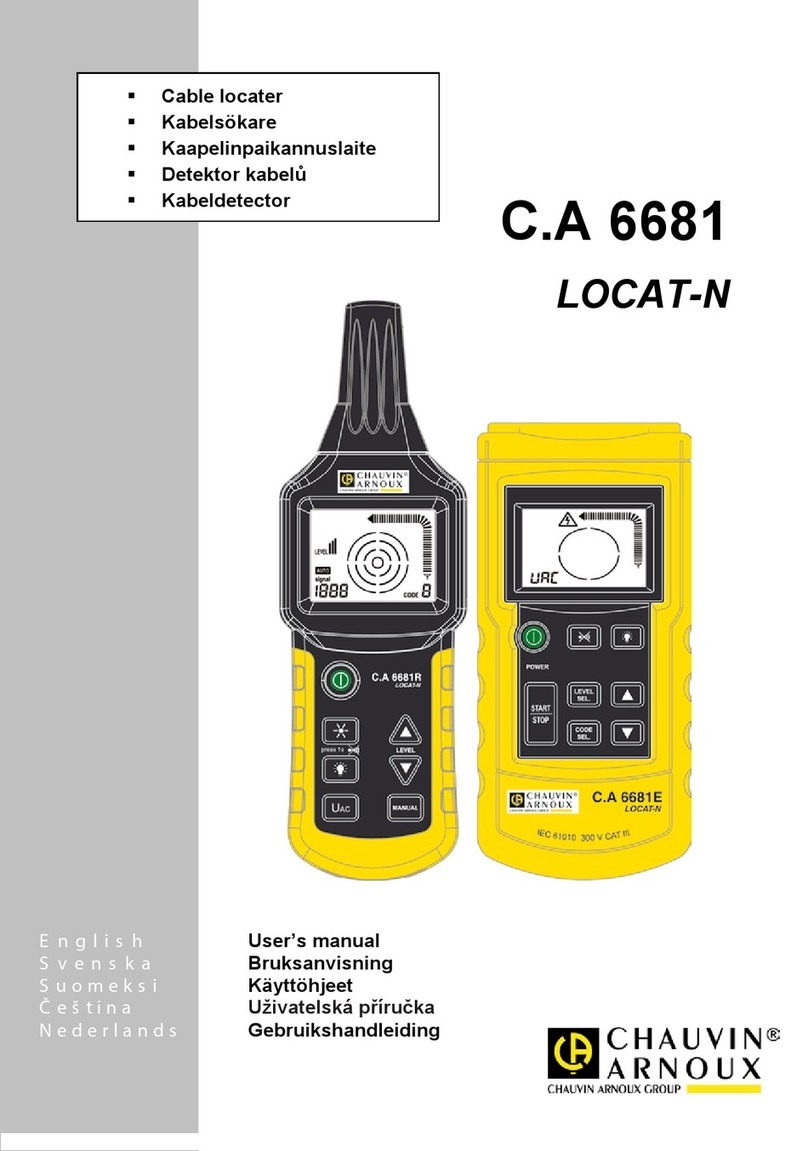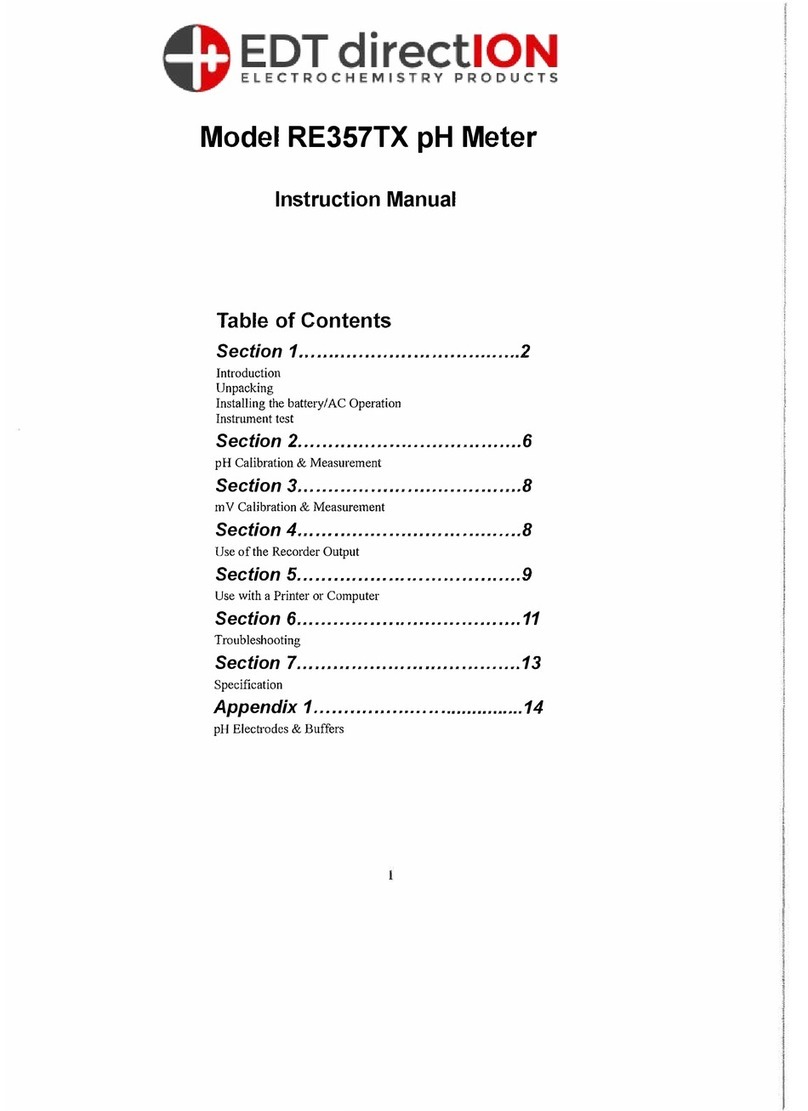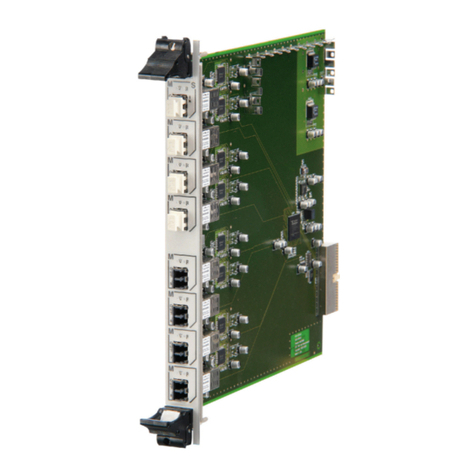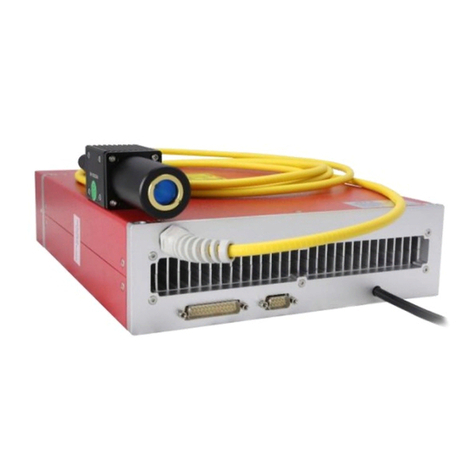DeLaval MM15 Instructions for use

Preventive maintenance
Preventive maintenancePreventive maintenance
Preventive maintenance
DeLaval milk meter MM15
1
11
1 Every 300 hours
Every 300 hoursEvery 300 hours
Every 300 hours
At farms where the cleaning temperature is
above 80° C and where aggressive acid or
alkaline detergents are used, the valve seal
must be changed more often.
We recommend an interval of
300 hours
300 hours300 hours
300 hours
clean-
ing time.
Note!
Note! Note!
Note!
Overdosing standard detergents will
also cause this problem. A swelled and wrin-
kled sealing may cause incorrect measuring of
the milk flow. It is therefore vital that the sealing
always is functioning properly.
2
22
2 Once a year
Once a yearOnce a year
Once a year
eplace rubber parts (1- 5) in the milk
meter. Spare parts kit. 98510380
The valve seal (2) should be replaced
twice
twice twice
twice
a year
a yeara year
a year
together with the liners when used in
conditions not described above.
3
33
3 Yearly service
Yearly serviceYearly service
Yearly service
Yearly service should be performed by an De-
Laval serviceman (including replacement of
rubber parts).
4
44
4 Disassembly
DisassemblyDisassembly
Disassembly
2
1
6
1
2
4
DeLaval milk meter MM15
DeLaval milk meter MM15DeLaval milk meter MM15
DeLaval milk meter MM15
161 Preventive maintenance
1 (9)
© DeLaval 2012.All rights reserved.
Printout from Memoviewer 11/6/2012.

Fold down the lock strap (1).
Lift up the meter cover and the spoiler (2),
and remove the gasket.
Turn off the diaphragm cover and remove
the diaphragm.
Press the locking clip of the meter cup (3).
To avoid any unnecessary breakage follow
2
1
6
2
7
4
DeLaval milk meter MM15
DeLaval milk meter MM15DeLaval milk meter MM15
DeLaval milk meter MM15
161 Preventive maintenance
2 (9)
© DeLaval 2012.All rights reserved.
Printout from Memoviewer 11/6/2012.

this instruction when the measuring cup is
hard to get out:
Place a screwdriver between the stainless steel
hook and the snap lock of the measuring cup (3
a . Turn the screwdriver gently and lift the mea-
suring cup
.
Hold the cup close to its locking clip and lift
it straight up. Place the cup on your working
area upside down to prevent breaking the
edge.
emove the valve guide from the meter cup
by pressing the wings outwards while pulling
upwards (4).
Lift up the valve and remove the seal (5).
Fold the lock strap to horizontal position and
pull it off.
Pull the milk meter housing forwards and
remove the milk tube, carefully.
emove the plug in the sampling outlet.
emove the valve arm with gasket (6).
Disconnect the vacuum tube from bottom of
the valve housing.
Snap open the locks to the lid, and fold
down the lid with the electronics.
Turn and remove the bayonet to the strain
gauge.
Pull out the strain gauge.
Loosen the screw holding the valve housing
from inside.
Pull out the valve housing (7).
emove the solenoid, and take out the valve
plate (8).
emove the lid together with the electronic
unit and the valve.
emove the electronic unit from the lid and
put it aside.
2
1
6
2
7
7
2
1
6
2
7
9
DeLaval milk meter MM15
DeLaval milk meter MM15DeLaval milk meter MM15
DeLaval milk meter MM15
161 Preventive maintenance
3 (9)
© DeLaval 2012.All rights reserved.
Printout from Memoviewer 11/6/2012.

Pull off the bellows. Be careful; there is a
spring (9) that may jump out.
emove the valve arm bracket (10) from the
bellows.
The milk meter should now be completely taken
apart.
Wash all loose parts. The valve must be
cleaned thoroughly; possibly by using a
sharp tool to remove the incrustations.
Clean with care the gauge on the electronic
unit.
Clean the milk meter body.
inse the valve bottom from water and resi-
dues.
eassemble. See next page!
Note!
Note! Note!
Note!
The DeLaval milk meter MM15is an
accurate measuring tool and should be handled
very carefully.
5
55
5 Reassembly
ReassemblyReassembly
Reassembly
Put the milk meter together in reverse order,
with new rubber parts.
5.1
5.15.1
5.1 Bellows
BellowsBellows
Bellows
Put back the valve arm bracket into the bel-
lows. Make sure the tapered size of the slot
is towards the milk meter.
2
1
6
2
9
2
2
1
6
2
8
2
DeLaval milk meter MM15
DeLaval milk meter MM15DeLaval milk meter MM15
DeLaval milk meter MM15
161 Preventive maintenance
4 (9)
© DeLaval 2012.All rights reserved.
Printout from Memoviewer 11/6/2012.

5.2
5.25.2
5.2 Meter housing
Meter housingMeter housing
Meter housing
The wings of the valve guide must be placed
in the notches that have knobs. Make sure
not to mix them up with the other notches.
The valve guide must be locked to the cup.
When you have assembled the meter cup,
pour some water in it and check that it does
not leak.
Hold up the valve arm inside the meter
housing when the electronic unit with the
gauge is put back in place. Make sure the
cables are not jammed.
5.3
5.35.3
5.3 Spoiler
SpoilerSpoiler
Spoiler
5 moulded legs
Three of the five legs are moulded close to
each other. See adjoining figure! When instal-
ling the spoiler plate notice that two of these
three legs must be placed between the two bars
moulded inside the housing. This is vital for a
proper function. If the spoiler plate is installed
correctly non of the legs should touch the meter
cup locking clip.
4 moulded legs
The plate with only four legs moulded under-
neath must be placed with no leg between the
two bars because of the risk of blocking the
weight cell.
5.4
5.45.4
5.4 Valve seal
Valve sealValve seal
Valve seal
(A)Article number up
Make sure not to mount the seal upside
2
1
6
1
0
0
DeLaval milk meter MM15
DeLaval milk meter MM15DeLaval milk meter MM15
DeLaval milk meter MM15
161 Preventive maintenance
5 (9)
© DeLaval 2012.All rights reserved.
Printout from Memoviewer 11/6/2012.

down; Article number up!
5.5
5.55.5
5.5 Meter cup
Meter cupMeter cup
Meter cup
emount the meter cup. Make sure that the
meter cup angle is correctly adjusted.
Adjust with the screw at the front of the
hook.
Check by mounting a fat sampler inlet. The
distance shall be 1.5–2.5 mm. Make a cali-
bration test and calibrate, if necessary.
When the calibration weight is in the mea-
suring cup there should still be a small (less
than 1 mm) distance between cup and inlet.
When the milk meter has been completely
assembled, check by pressing
F76
F76F76
F76
+
F902
F902F902
F902
.
The value should be 25–250.
Leave the function by pressing
F72
F72F72
F72
.
6
66
6 Fat sampler
Fat samplerFat sampler
Fat sampler
Note!
Note! Note!
Note!
The DeLaval milk meter MM15is an
accurate measuring tool and should be handled
very carefully.
6.1
6.16.1
6.1 Disassembl
DisassemblDisassembl
Disassembl
2
1
6
1
0
7
2
1
6
2
9
3
DeLaval milk meter MM15
DeLaval milk meter MM15DeLaval milk meter MM15
DeLaval milk meter MM15
161 Preventive maintenance
6 (9)
© DeLaval 2012.All rights reserved.
Printout from Memoviewer 11/6/2012.

Turn off the cover and remove the seal.
Pull up the cock and remove the rubber part.
emove the seal from the milk sampling
inlet.
6.2
6.26.2
6.2 Sampling inlet
Sampling inletSampling inlet
Sampling inlet
Check that the edges of the slot on the
upper side of the inlet are sharp and unbro-
ken.
6.3
6.36.3
6.3 Reassembl
ReassemblReassembl
Reassembl
Assemble the inlet seal onto the inlet with
the large tapered rib on the side next to the
milk meter housing. The opposite side of the
seal has a smaller rounded rib which con-
tacts the sampler lid when assembled.
Put the sampler together in reverse order,
with new rubber parts.
2
1
6
2
8
8
2
1
6
2
9
7
DeLaval milk meter MM15
DeLaval milk meter MM15DeLaval milk meter MM15
DeLaval milk meter MM15
161 Preventive maintenance
7 (9)
© DeLaval 2012.All rights reserved.
Printout from Memoviewer 11/6/2012.

Replacing the gauge
Replacing the gaugeReplacing the gauge
Replacing the gauge
A special repair kit has been designed, so the
electronic unit doesn't have to be removed.
epair kit 98958080 This kit includes:
one complete gauge
six connectors
repair instruction
In order to get the best result, it is very impor-
tant that the instructions below are strictly fol-
lowed. It is also very important that a proper
tool is used.
Disconnect the bus cable.
Snap open the locks to the lid, and fold
down the lid with the electronics.
Open the meter. emove the meter cover.
emove the spoiler and the measuring cup.
Turn and remove the bayonet to the strain
gauge.
Pull out the strain gauge.
Disconnect the two connectors to the sole-
noid valve.
With the lid straight downwards, slide it to
the left to release it from the hinges.
Stretch the cable between gauge and elec-
tronic unit.
Lay the cable flat on a table and fix it with a
tape (1). Cut the cable.
Dispose of the old gauge, and place the new
gauge with the cable arranged exactly as
the old one. It is very im- portant that the
cable is oriented exactly as the old one. Do
not strip the wires.
Take one wire from the gauge cable and
corresponding wire from the electronic unit
DeLaval milk meter MM15
DeLaval milk meter MM15DeLaval milk meter MM15
DeLaval milk meter MM15
161 Preventive maintenance
8 (9)
© DeLaval 2012.All rights reserved.
Printout from Memoviewer 11/6/2012.

cable, and put the ends into the connector
(2).
Press firmly with the pliers so the con-
nector will lock (3). It is very important that
the pliers press the connector with parallel
jaws. We recommend a tool with article No.
98958801 (4).
Do the same with the other three wires.
When the electronic unit with the gauge has
been replaced, the milk meter must be cali-
brated, and its accuracy must be checked.
2
1
6
2
7
5
2
1
6
2
8
9
DeLaval milk meter MM15
DeLaval milk meter MM15DeLaval milk meter MM15
DeLaval milk meter MM15
161 Preventive maintenance
9 (9)
© DeLaval 2012.All rights reserved.
Printout from Memoviewer 11/6/2012.
Other DeLaval Measuring Instrument manuals
Popular Measuring Instrument manuals by other brands

Fielpiece
Fielpiece Job Link JL3RH Operator's manual
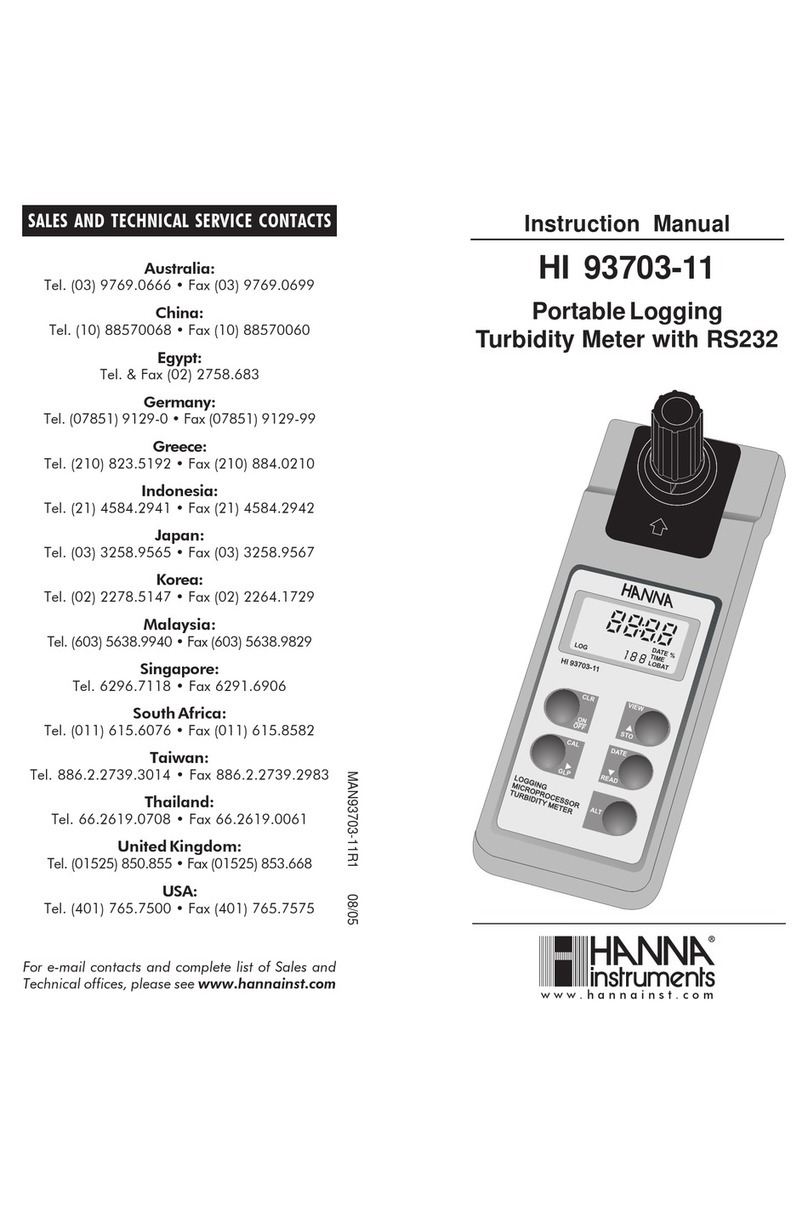
Hanna Instruments
Hanna Instruments HI 93703-11 instruction manual

PeakTech
PeakTech 5060 Operation manual

EDTM
EDTM Glass-Chek ELITE GC3200 operating manual
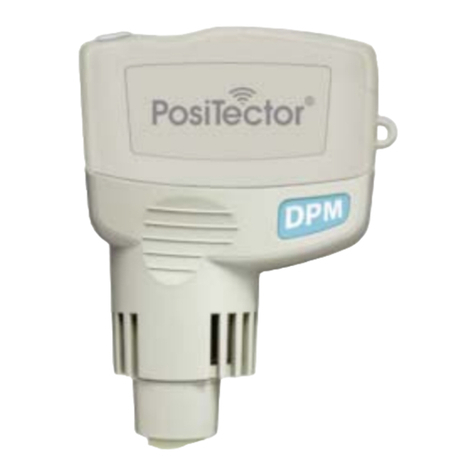
POSITECTOR
POSITECTOR SmartLink instruction manual
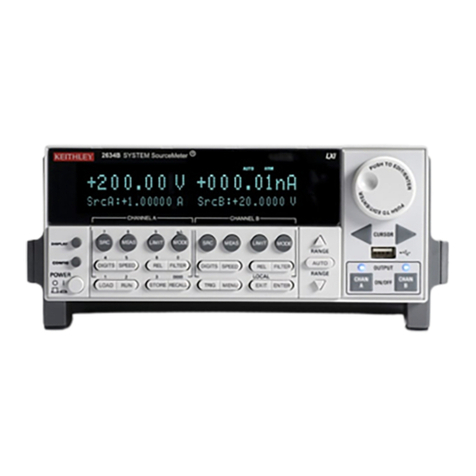
Keithley
Keithley SourceMeter 2635B quick start guide
